How to winterize fig trees – to keep them safe until spring
Our expert tips for winter-proofing figs in the soil and in pots
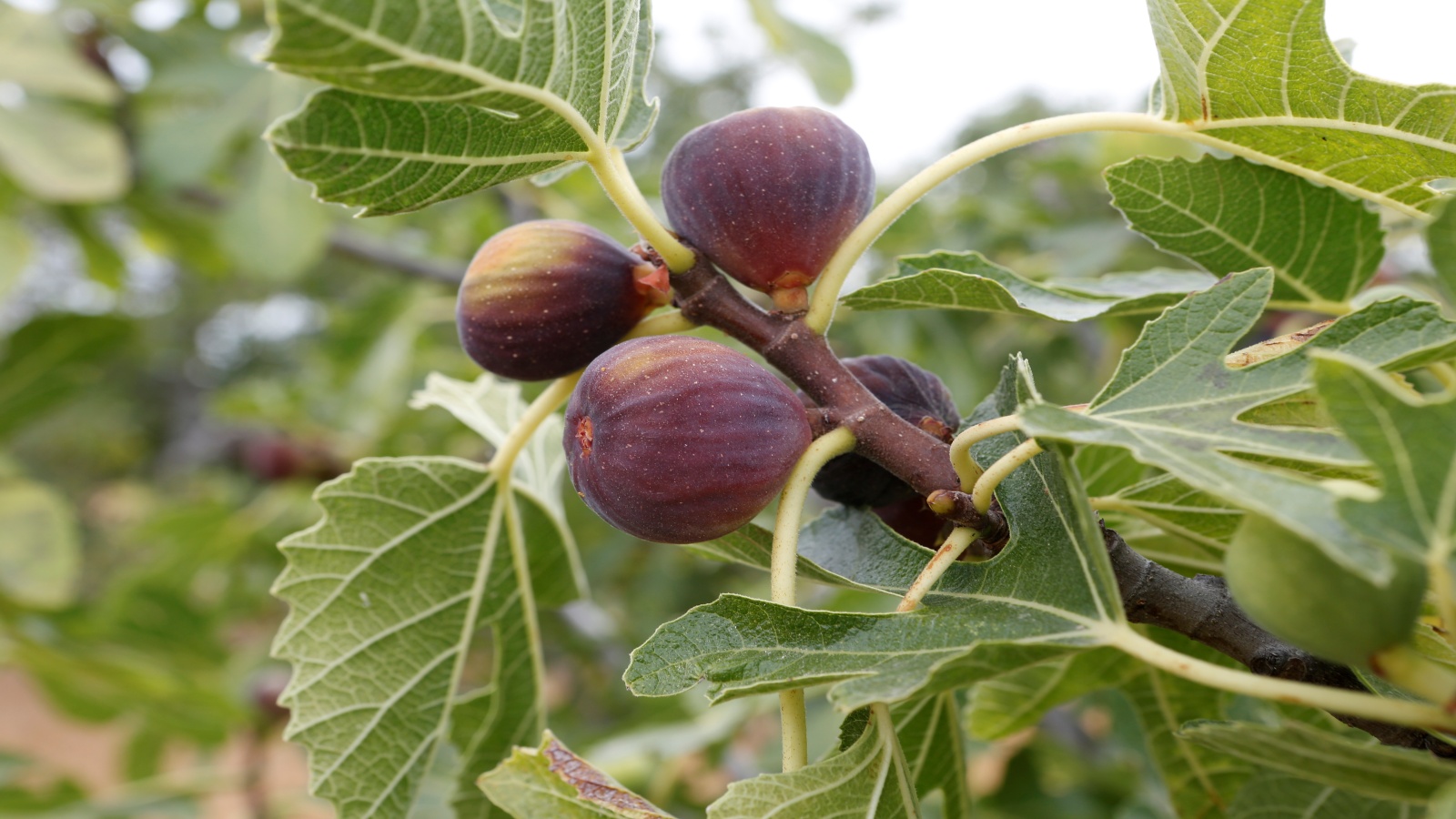

Figs are one of the most luscious of fruits and there is something extremely decadent about their soft, pippy insides that ooze from the skin when squeezed.
Although they like warm climates and are natural additions to your Mediterranean garden ideas, it is easy to grow a fig tree in cooler climates and still produce bumper harvests.
Because temperatures in the Mediterranean are relatively stable all year round they grow happily, but in hardiness zones where the mercury drops substantially in the colder months we need to take steps to protect them.
Why winterize fig trees?
If you live in a climate zone where the temperature falls, you will need to winterize your fig tree whether it is growing in the ground or in a container - and here we will look at both methods.
Mature trees can withstand temperatures down to 14F, but they need protection in case the temperature drops any lower.
Start by removing all the medium-sized unripened fruits remaining on its branches. They won’t get any larger next summer and may rot and cause disease and other problems if left on the branches.
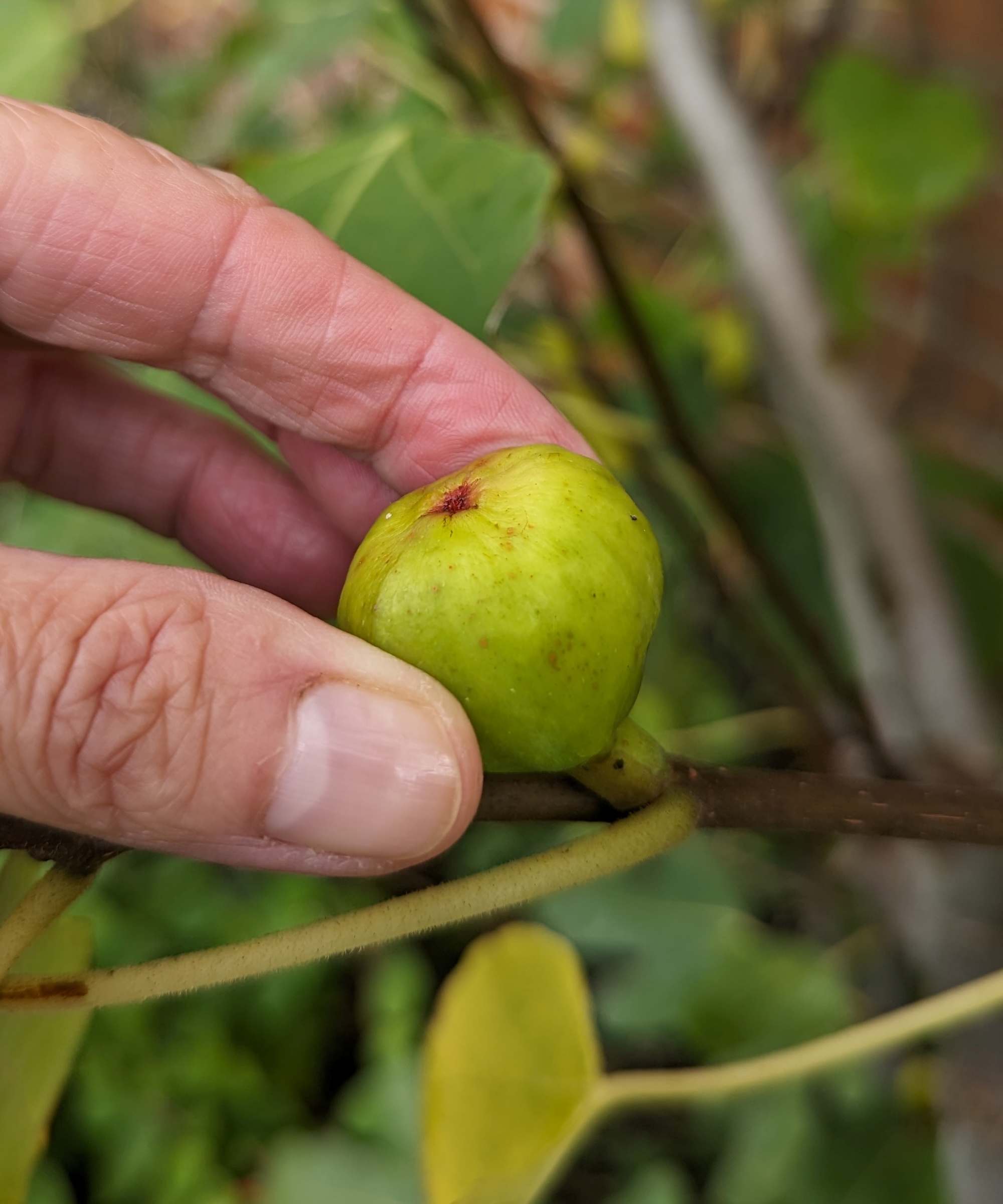
Remove unripe figs in the fall as they won't get any larger next summer
Winterizing fig trees in soil
Most fig trees are grown in the soil and this is where they do best. In a sunny spot or against a warm south-facing or southwesterly wall they will grow quickly and produce fruits for many decades.
Once their leaves have dropped in the fall, prune your fig tree if it needs it, then if possible tie your branches into an upright bundle using rope or robust twine like this Rophomor heavy-duty jute twine on Amazon. This will stop them blowing about in high winds.
Then wrap the branches in burlap sacking, fleece frost blankets or a fleece plat bag, such as Refasten plant covers available on Amazon. Tie the cover securely before constructing a wood-and-chicken wire basket around the lower trunk and root area and stuffing it with leaves or hay before encasing this in frost insulation fleece or bubble wrap packaging.
Leave this in place until the frosts pass and the temperature is reliably above 40F, especially at night.
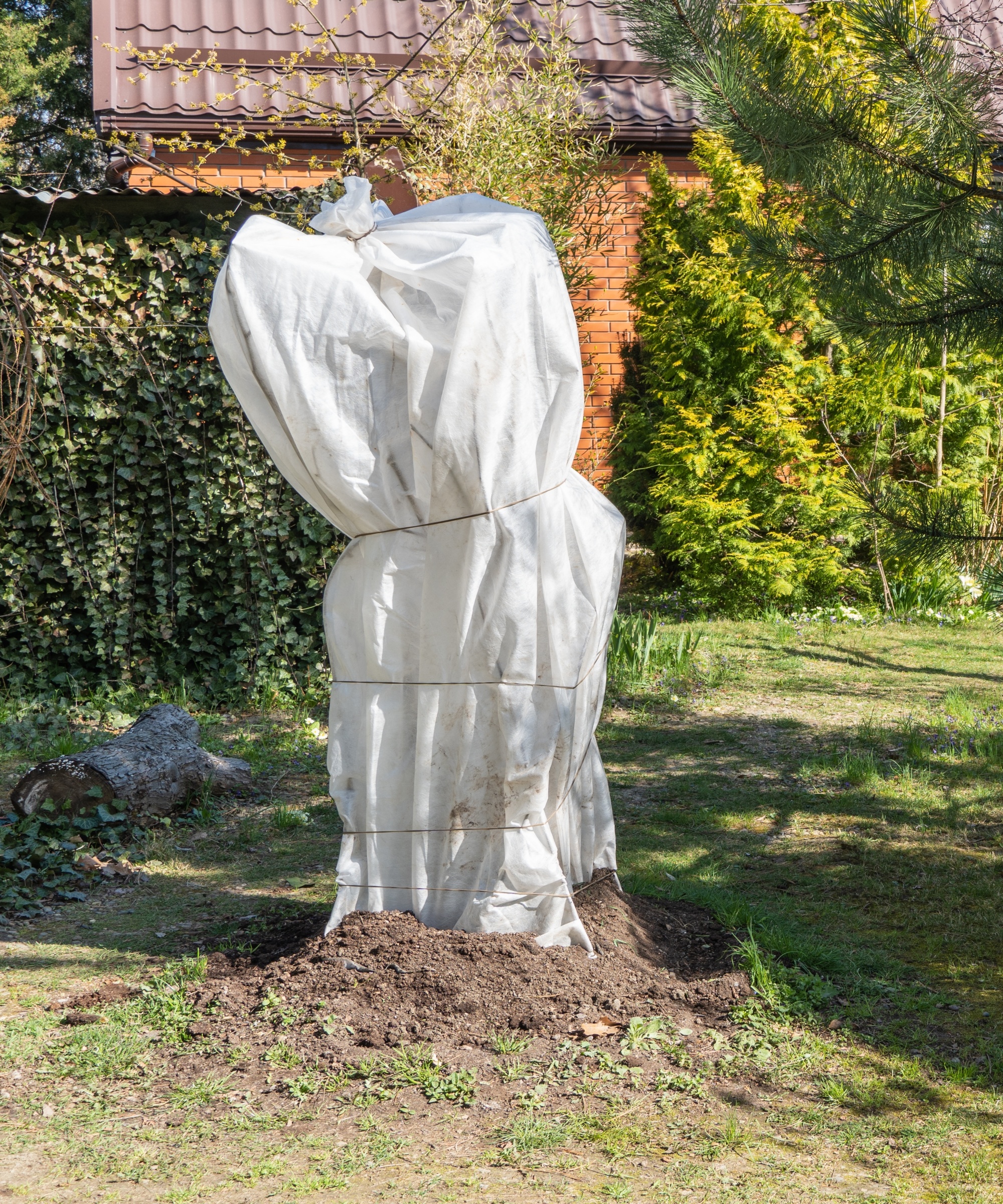
Tie the fig's branches together and wrap in burlap, insulating fleece or a fleece cover
Winterizing potted fig trees
Growing fig trees in containers is a brilliant idea if you are planning a small garden, as the trees won’t grow as large as those in the soil but will still provide a crop of delicious fruits.
It is also easier to winterize a fig tree in a container as all you need to do once its leaves have dropped in the fall is move it somewhere cool but frost-free.
Water it once a month (but no more) and in spring, when leaf buds start to appear, you can move it back outside to a sheltered spot once the temperature is above 40F.
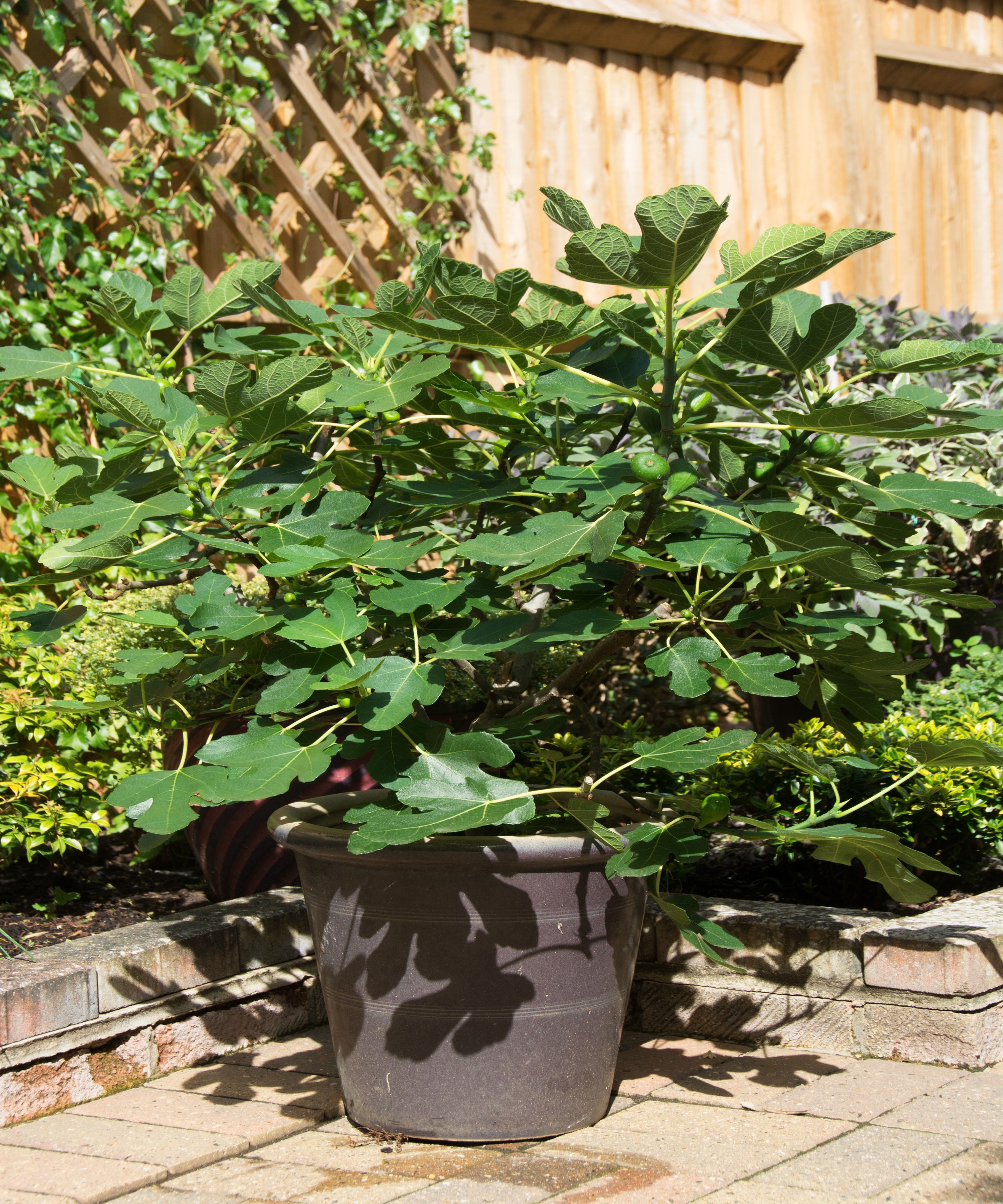
Potted fig trees are relatively easy to winterize
FAQs
Can I bring my fig into the house?
It may be tempting to move your potted fig tree into the house or a conservatory in winter, but it wont thank you for it.
Our houses are too warm so the tree will avoid its natural winter habit of entering a state of dormancy, which will eventually exhaust its resources.
It is always better to winterize a fig tree in a cool but frost-free garage, outhouse or greenhouse.
Why does my fig bleed white fluid?
The milky substance that appears from pruning wounds when you tidy a fig tree is its sap or latex.
If a tree loses too much sap it will be weakened, which is why we prune most deciduous (leaf-losing) trees in the late fall when they are dormant and their sap has withdrawn from the branches and back down the trunk.
Is fig sap dangerous?
Several species of plant produce sap that can irritate skin and eyes, and members of the fig family fall into this group.
The combination of fig sap and sun on skin can cause irritation and burning, so always wear gloves and long-sleeved shirts when pruning.
How long do figs live for?
Figs can live for centuries. A large and noble specimen in the grounds of Lambeth Palace in London was planted in 1556 when King Henry VIII’s daughter Mary was on the throne.
At that time, the population of London was around 100,000 and Lambeth was an outlying marshy area, rather than a borough at the heart of the UK’s vibrant capital city.
At the end of summer you might find some old figs have over-ripened and split, either staying on the tree or falling to the ground.
While we may not fancy eating them, they provide a valuable late summer/early fall feast for garden birds, wildlife and insects, helping them feed up for hibernation, migration and surviving the cold months ahead.
Sign up to the Homes & Gardens newsletter
Design expertise in your inbox – from inspiring decorating ideas and beautiful celebrity homes to practical gardening advice and shopping round-ups.

Ruth is a Contributing Editor for Homes & Gardens, and formerly Gardening Editor of Amateur Gardening magazine. She is horticulturally trained, with a qualification from the Royal Horticultural Society. Her work for Amateur Gardening, the world's oldest weekly gardening publication, involved matching gardening tasks with each season, covering everything from sowing and planting, to pruning, taking cuttings, dealing with pests and diseases and keeping houseplants healthy. She is an expert in ornamental plants and edible crops, and everything she writes about and photographs is in her own garden, that has been a work in progress since her family moved there in 2012.
-
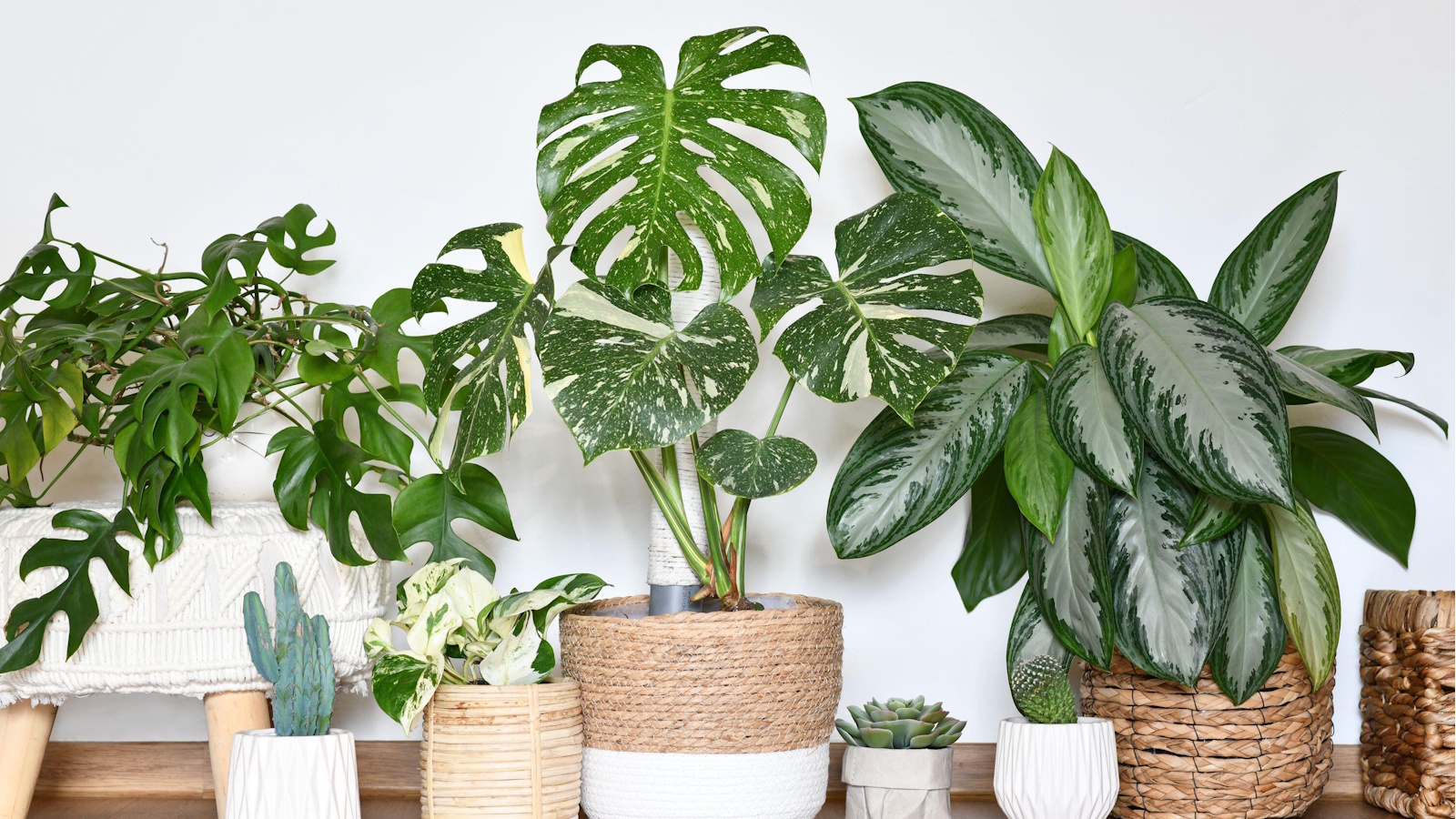 9 longest-living houseplants – expert recommendations and tips for species that can live over 10 years
9 longest-living houseplants – expert recommendations and tips for species that can live over 10 yearsInvest in these houseplants now for years of luscious foliage in your home
By Tenielle Jordison Published
-
 Kris Jenner's 'organic modern' living room champions the most talked-about trend of 2025 – it's the new way to do luxe-minimalism
Kris Jenner's 'organic modern' living room champions the most talked-about trend of 2025 – it's the new way to do luxe-minimalismSimple silhouettes, organic textures, and industrial nuances infuse functional pieces with elegance to create an effortlessly chic and easy-to-live-with living space
By Jennifer Ebert Published